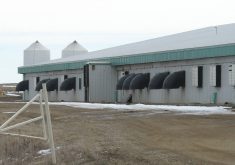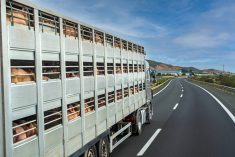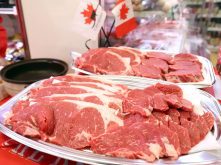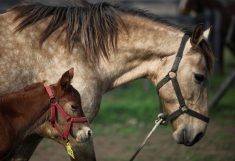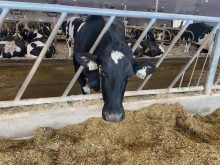Hog farmers can get free professional support to find government funding, producers heard at a Manitoba Pork Council district meeting Nov. 13.
“We’re here, really, just to be a little bit of a bridge between funding available and what it is you’re doing,” said Stephanie Tenneson, director of government grants with tax firm Ryan.
The Canadian Pork Council has contracted with Ryan to provide the service to producer members. There is no fee for the service.
Read Also
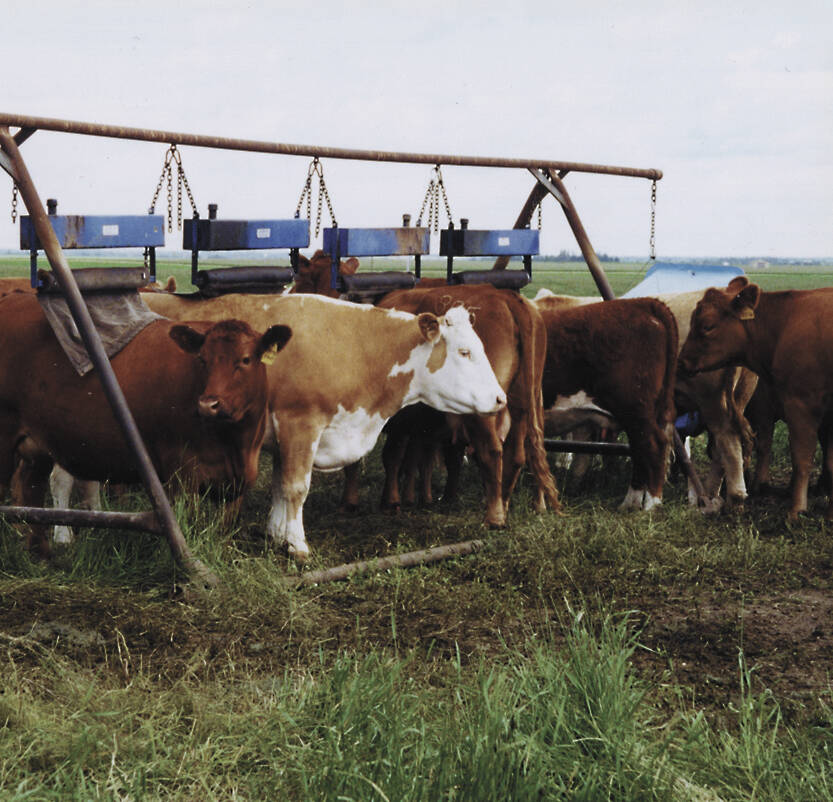
Shifting standards on cattle parasite control
Parasite product resistance has more farmers and veterinarians thinking differently about how to control issues like lice or worms.
Why it matters: Provincial and federal funding programs promise to take the sting out of select farm improvement investments, but only if the farmer knows the program exists.
Tenneson spoke alongside Melissa Corey, also a director of government grants with Ryan, at the producer meeting in Niverville.
Corey and Tenneson cited typical eligibility requirements when applying for government grants and loans. That might include being an incorporated business for at least two years, proving revenue or having an environmental farm plan.
“One of the benefits of getting in contact with us is we can walk you through all that criteria early on,” said Corey.
Governments often look to fund projects that target innovation, efficiency and productivity, safety, sustainability, or that will provide community benefits.
“The government commonly doesn’t like to fund business as usual activities,” Corey said. “But I will say to the crowd, be creative.”
The consultants’ job is to help producers properly identify and frame applicable practices for funding.
Corey and Tenneson also listed programs to which farmers might apply, like the federal AgriInnovate and AgriScience programs, both loans. AgriScience funds development of new technology, while AgriInnovate funds pilots of new technology.
These don’t necessarily have to be as high-tech as “AI implementation at the farm level,” Corey said.
One funded farm installed green flooring and fencing that supported animal welfare and decreased lactic acid in the pork.
“If you’re ever implementing technology that, say, is less than 10 per cent of typical standard operation, and you’re bringing it in from the U.S. or from a European vendor, always think there could be funding for this,” Corey advised.
The speakers also noted the federal AgriAssurance program, which includes one stream to bolster export for small and medium-sized businesses “by supporting the adoption of assurance systems and tools” and another to fund assurance systems and system improvements for national industry associations.
Manitoba-specific programs include Efficiency Manitoba, the Livestock Predation Prevention Program and the Pre-Approved Food Safety and Traceability Equipment Program.
Corey and Tenneson also noted that farmers aren’t limited to Agriculture Agri-Food Canada and S-CAP (Sustainable Canadian Agricultural Partnership) programs. There are other funders, such as non-profits or corporate interests, that also fund producer projects.
Producers may be able to stack funding by applying for more than one grant or loan. Most federal and provincial programs will allow stacking up to 50 or 75 per cent of coverage, and some will allow up to 100 per cent, Corey said.
They will help producers find programs and can help write and submit applications.
“We’re here to provide that guidance,” Tenneson said.




